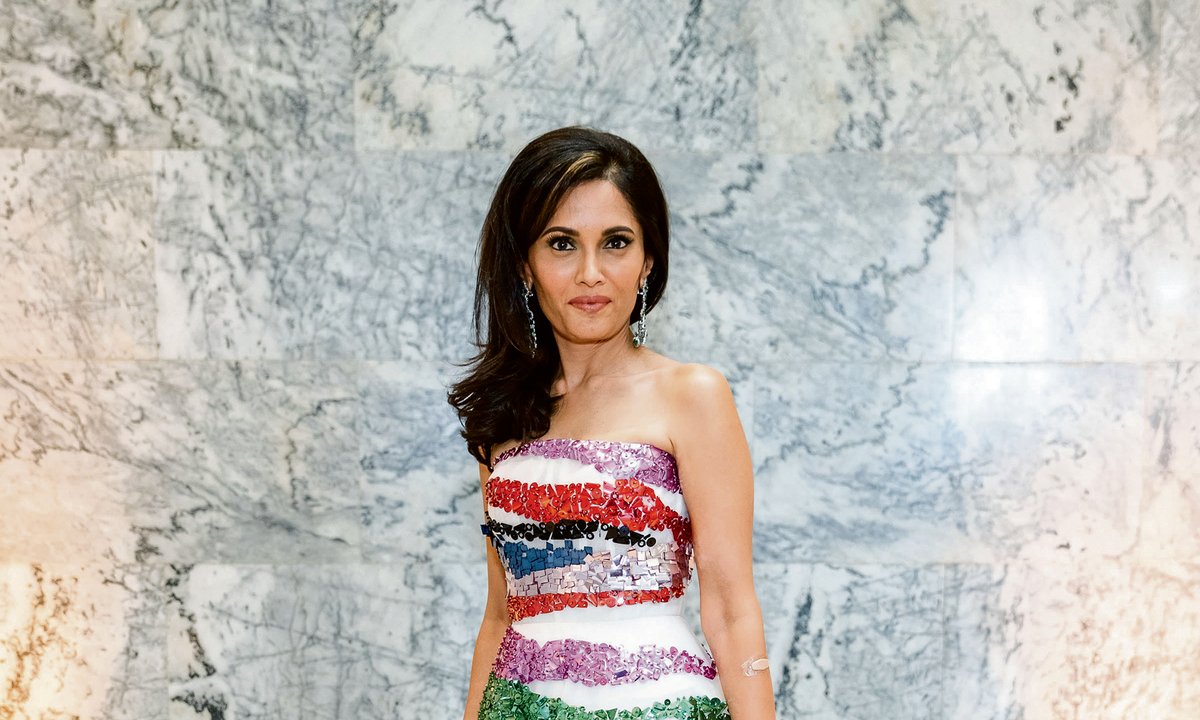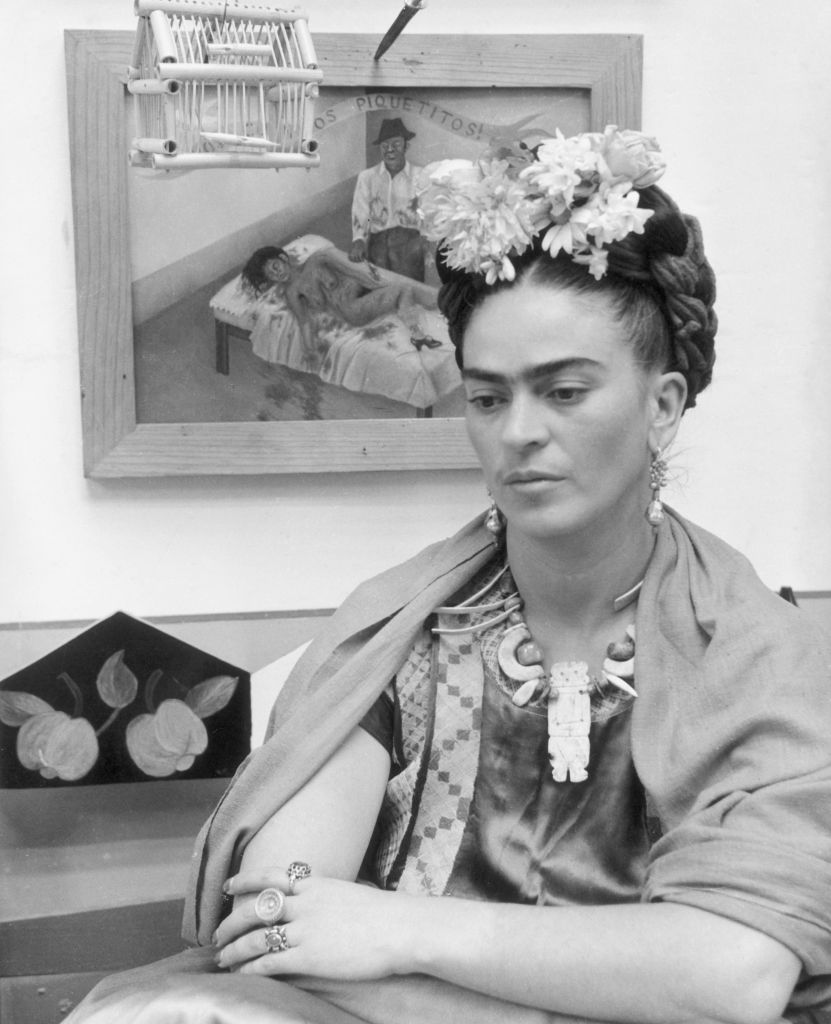Komal Shah, a former engineer and executive at tech companies including Oracle and Netscape, is now one of the most influential collectors in California. She serves on the board of trustees of the San Francisco Museum of Modern Art and, together with her husband Gaurav Garg, has spent much of the past decade assembling a nearly 300-piece art collection. Largely devoted to modern and contemporary works by women artists, it includes pieces by Elizabeth Murray, Jennifer Bartlett, Laura Owens, Carol Bove, Carrie Moyer, Phyllida Barlow and Cecily Brown.
The couple routinely loan works to museums—their Jaune Quick-to-See Smith painting Escarpment (1987) is at present hanging at the Whitney Museum of American Art in the artist’s retrospective (see our preview on p. 19). Many more works from their holdings are collected in Making Their Mark: Art by Women in the Shah Garg Collection, a 432-page book published earlier this month by Gregory Miller & Co.
The Art Newspaper: What was the first work you bought?
Komal Shah: A painting on paper by Rina Banerjee in 2011, titled It rained, so she rained. I saw it during my very first auction preview at Christie’s New York and was immediately drawn to it. It is a gorgeous and poignant painting, with a woman holding her tears in an upside-down umbrella. I wasn’t registered to bid in the auction, but once bidding started, I begged my friend to raise her paddle for me—which she did, very graciously! I still love the work to this day, and it also reminds me how lucky I am to have such great friends.
What was your most recent purchase?
A wall hanging by Trude Guermonprez from around 1974. Trude had a storied career. After the Second World War, she left Europe to teach at Black Mountain College upon Anni Albers’ invitation. After Black Mountain College closed, she moved to California and eventually taught at the California College of Arts and Crafts, becoming the chair of the crafts department. There she taught artists Kay Sekimachi and Barbara Kasten—I collect works by both, too—and left an indelible mark.
If your house was on fire, which work would you save?
That’s a tough one. Joan Mitchell’s Untitled (1992), which is one of her last known paintings. It is a reminder of how she depicted the beauty and joy of sunflowers. The strokes are powerful and confident. I see this painting as capturing her sense of freedom and strength in being her truest artistic self. The exuberance in that painting reminds me of the quote: “A flame burns brightest just before it goes out.”
If money were no object, what would be your dream purchase?
There are so many works on my dream list. The ultimate purchase would be the entire suite of Hilma af Klint paintings. I would also love to have a Joan Mitchell work from every decade, a major Ruth Asawa wire sculpture and a 1960s Lee Krasner painting in the vein of Combat (1965).
Which work do you regret not buying when you had the opportunity?
A Lee Bontecou relief. I was the underbidder six years ago and I still regret it to this day.
What is the most surprising place you have displayed a work?
I don’t know if this is surprising, but we try to make use of every space in the house. The house was designed before our collection grew and matured, so over the years we have changed the house to accommodate more art. We replaced our fireplace with a Mary Weatherford neon painting, and we raised ceilings for an important work by Charles Gaines. Right now, every inch of wall in the stairwell is covered by art.
Which artists, dead or alive, would you invite to your dream dinner party?
I would travel back in time to the 1970s and have a raucous party with powerhouse women artists. The founders of the AIR Gallery, like Howardena Pindell and Mary Grigoriadis, and Lynda Benglis and Louise Fishman, would be there. I’d make sure that Jaune Quick-to-See Smith and Kay WalkingStick and Miriam Schapiro and Judy Chicago were in attendance, too. That would be a truly amazing party!
What is the best collecting advice you’ve been given?
Collect what you love and believe in—you might never know how the market goes, but you can surround yourself with joy and wonder. Museum curators are an invaluable source of knowledge—support and learn from them. And nothing beats mileage—visit as many museums, biennials, art fairs and galleries as you can, so that you start developing your own collecting vision.



